Building on Success
Critical Access Hospitals (CAHs) Find Success with CAH Quality Network
By Jena Pierce on
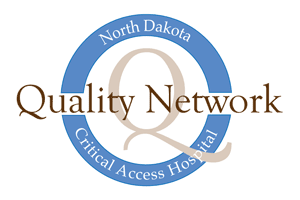 Operating a rural
hospital takes a lot of grit, dedicated personnel,
talented providers, funding, administrative support,
community support, and finding innovative solutions to
challenges. For Critical Access Hospitals (CAHs) in North
Dakota, the job has been made a little easier with
support and assistance from the CAH Quality Network.
Operating a rural
hospital takes a lot of grit, dedicated personnel,
talented providers, funding, administrative support,
community support, and finding innovative solutions to
challenges. For Critical Access Hospitals (CAHs) in North
Dakota, the job has been made a little easier with
support and assistance from the CAH Quality Network.
The Center for Rural Health (CRH) developed and has been hosting the North Dakota CAH Quality Network since its inception in 2007. All 36 CAHs in North Dakota belong to the Network. During that time, successes have been found, relationships have grown, and improvements continue to be made.
What Is a CAH?
CAHs were first established by the U.S. Congress in 1997 to:
- Preserve access to primary and emergency healthcare services
- Improve the quality of rural health services
- Provide services that meet community needs
- Foster a health delivery system that is both efficient and effective
The CAH designation is given by the Centers for Medicare and Medicaid Services (CMS). CAHs must have 25 or fewer acute care beds, be located at least 35 miles from another hospital, and their funding is cost-based reimbursement.
CAHs must comply with licensure rules, including:
- Federal, state, and local laws and regulations
- Status and location
- Networking agreements
- Number of beds
- Physical plant and environment
- Staffing and staff responsibilities
- Provision of services
North Dakota CAH Quality Network
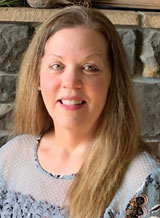
"The Network serves as a common place for Critical Access Hospitals to streamline efforts, share best practices, tools, and resources related to providing quality of care," said Jody Ward, director of the North Dakota Medicare Rural Hospital Flexibility (Flex) Program.
The Network is financially supported through the Medicare Rural Hospital Flexibility Program, which is a Health Resources and Services Administration grant program that assists all rural hospitals to stabilize and sustain their local healthcare infrastructure. The Flex Program is administered by CRH. It is a state-based partnership that works with and assists all rural hospitals to stabilize and sustain their local healthcare infrastructure. Flex is a companion to the CAH designation process.
One of the biggest successes of the North Dakota Flex program has been the CAH Quality Network.
"One of the biggest successes of the North Dakota Flex program has been the CAH Quality Network," said Ward. "Not every Flex program nationwide has a Network. There are 45 Flex programs. Many have tried to start one, and for whatever reason, they fell apart over time. We have seen real progress over the last 13 years."
Quality of Care
The hallmarks of the Network include ensuring patient safety and quality of care are in place for all people in North Dakota. The Network has been a platform for streamlining efforts across the state around topics such as:
- Care coordination
- Stroke systems of care
- Cardiac systems of care
"We are the support to all 36 CAHs in the state to ensure quality of care is being monitored and tracked in those areas," said Ward. "We work with CAHs to ensure they have an antibiotic stewardship program in place; to optimize the use of antibiotics is critical to effectively treat infections and protect patients from harm caused by unnecessary antibiotic use. We provide assistance to CAHs in collecting data on the Hospital Consumer Assessment of Healthcare Providers and Systems (HCAHPS). We provide technical assistance for a variety of areas, including Community Health Needs Assessments; program implementation, CAH regulation, and policy; funding opportunities; and a variety of other areas."
HCAHPS are used to provide standardized survey and data collection used for measuring patients' perspectives on hospital care. HCAHPS is a core set of questions that are combined with a broader, customized set of hospital-specific items. HCAHPS survey items complement the data hospitals currently collect to support improvements in internal customer services and quality-related activities.
Every quarter each hospital receives a score. If the score is low, the Network works with the hospital to find ways to improve a particular area identified as an opportunity for improvement.
"We get feedback from CAHs," Ward explained, "and they say the most successful thing we have done for the hospitals as a CAH Quality Network is the technical assistance and support we have provided around the CMS Conditions of Participation. CAHs are required to be in compliance with the federal requirements set forth in the Medicare Conditions of Participation in order to receive Medicare/Medicaid payment.
"The Network offers guidance to the survey process, which focuses on a CAH's performance of organizational and patient-focused functions and processes in areas such as storing of medications, radiology, lab, and emergency department."
CAHs are surveyed every three to five years by the North Dakota state office. Every quarter the Network hosts a participant call. The CAHs surveyed come to the call and share their survey experience, talk about what deficiencies they received and their plans of corrections. This gives each CAH a chance to learn from each other, and to brainstorm solutions.
Patient Safety
The directive received through the Federal Office of Rural Health Policy is to work with CAHs to report on measures to ensure patient safety.
Four quality domains of care include:
- Patient safety
- Patient engagement
- Care transitions
- Outpatient care
Relationships
"Another key aspect of the Network," said Ward, "is the strengthening of relationships between all of the CAHs throughout the state and their tertiary hospitals. Everyone is on the same page to deliver the quality care for the patients. Relationship building is a strong aspect of what Flex does. It is key. If you don't have the relationship and the trust, these programs don't work."
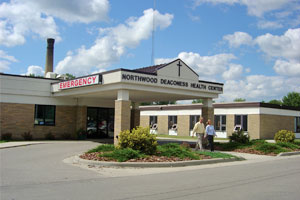 Northwood Deaconess Health
Center, in Northwood, North Dakota, has been part of
the Network since its inception. Chief Executive Officer
(CEO) Pete Antonson has seen the value to his facility.
Northwood Deaconess Health
Center, in Northwood, North Dakota, has been part of
the Network since its inception. Chief Executive Officer
(CEO) Pete Antonson has seen the value to his facility.
"To have a network of peers available to develop collaborative relationships, to share our best practices, and learn from the best practices of others, has been a huge benefit to our hospital," he said.
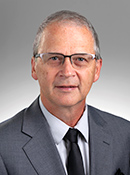
Antonson spoke highly of their current long-time Quality Assurance manager and noted that with an impending retirement, they will be leaning more heavily on the Network, because a new manager will need to get acclimated to the position, procedures, and policies.
When a new administrative position is hired, whether it be a new CEO, chief financial officer, director of nursing, or Quality Assurance position, the Network reaches out to them to do an orientation call so they understand what the University of North Dakota Center for Rural Health Flex Program is and the value of the Network.
"The Center for Rural Health has been so successful with the North Dakota CAH Quality Network," said Ward, "that we are now developing a North Dakota Rural Health Clinic Network, with the purpose of connecting all 53 Rural Health Clinics. This group will serve as a common place for sharing best practices, tools, and resources related to providing patient safety and quality of care for all people in North Dakota."


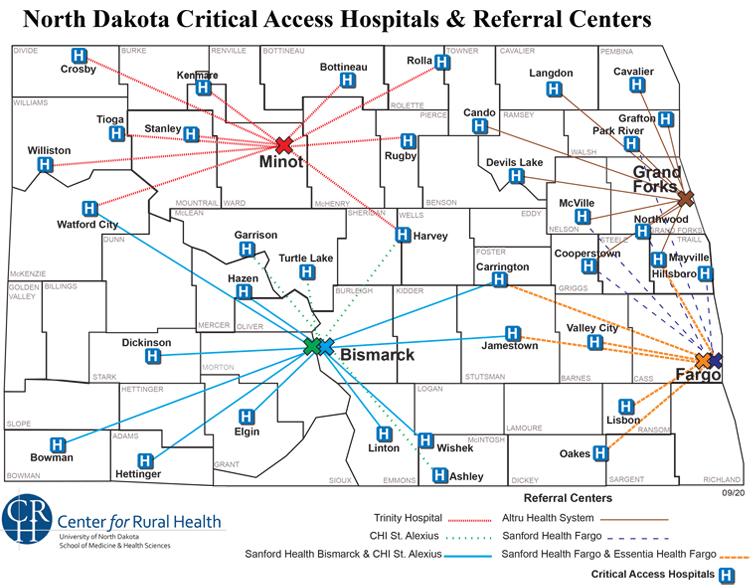
 is the communications manager at the Center for Rural
Health at the University of North Dakota School of
Medicine & Health Sciences in Grand Forks.
is the communications manager at the Center for Rural
Health at the University of North Dakota School of
Medicine & Health Sciences in Grand Forks.



